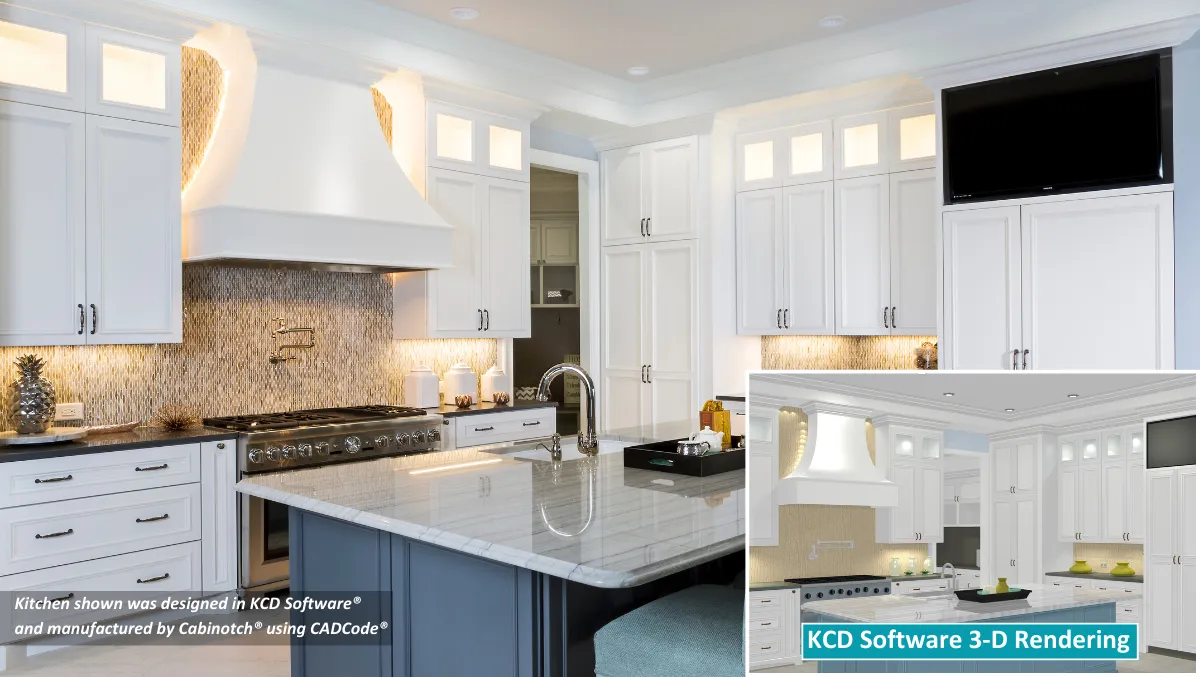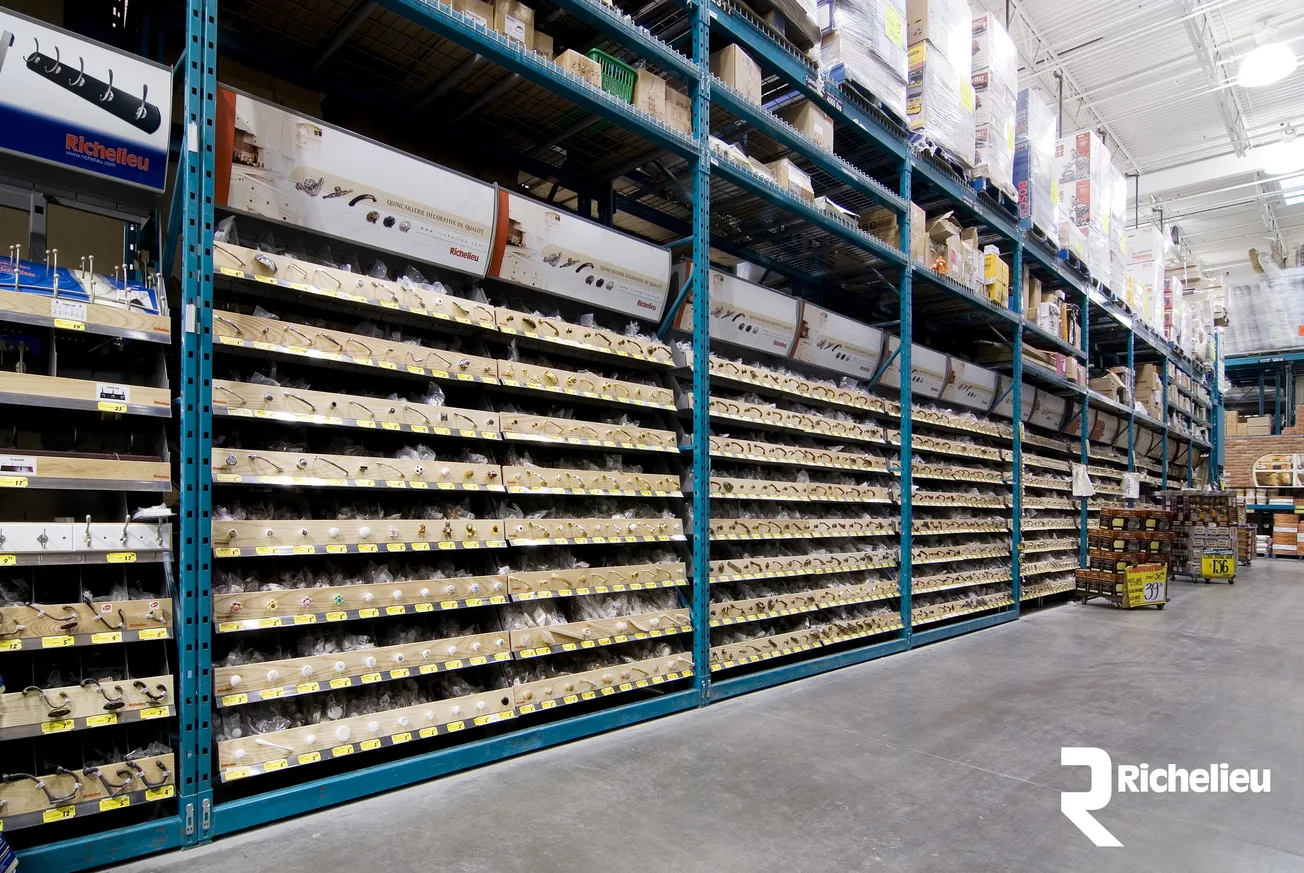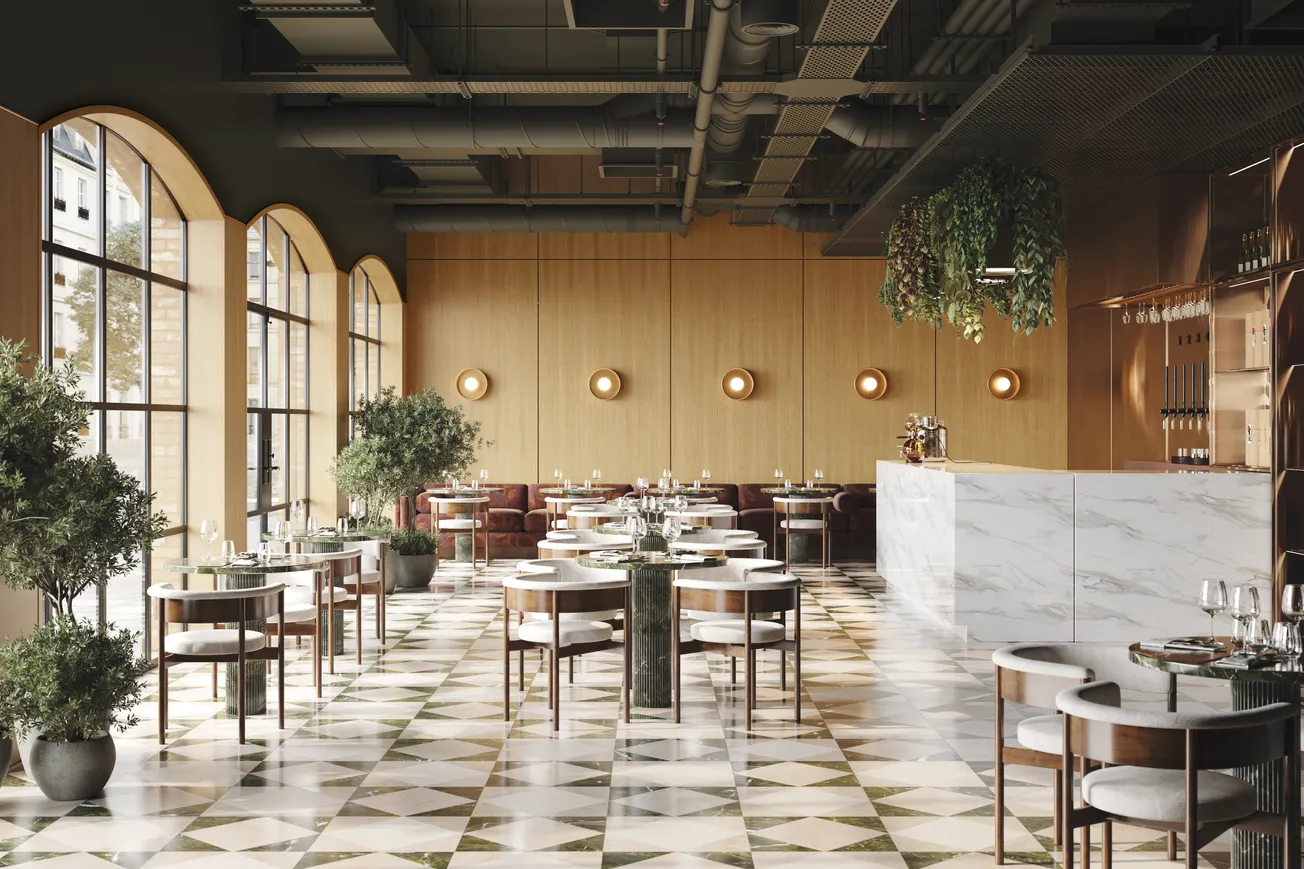Table of Contents
Synchronized Finishes Take TFL to New Level of Realism
Don Raymond is vice president of sales and  marketing for Uniboard. He also oversees product development for the company and has more than 25 years of industry experience. In this Q&A, Raymond answers questions from Surface & Panel about embossed-in-register or synchronized finishes and how they are changing the face of TFL.
marketing for Uniboard. He also oversees product development for the company and has more than 25 years of industry experience. In this Q&A, Raymond answers questions from Surface & Panel about embossed-in-register or synchronized finishes and how they are changing the face of TFL.
What is embossed-in-register (EIR)?
EIR or embossed-in-register refers to where a print design (paper) of a TFL panel is perfectly aligned with the plate structure or finish that replicates what you would see from the real product. So the texture follows the print. The randomly applied ticking and cathedrals are a thing of the past. In the case of wood, designers, architects and the woodworking industry are referring to EIR as synchro or synchronized finish. EIR or synchro finishes date back to around the year 1999/2000 and were originally developed for the laminate flooring industry. Many people may not realize that the original developer of EIR was Uniboard when we launched an EIR tile design in 1998.
How does it change the look and feel of TFL?
The beauty of an EIR/synchro finish is that it takes design to a whole new level of realism. Over the past 10 years, the industry has seen wonderful advances in printing technology. The level of detail and realism of the print designs has been simply outstanding. Where the industry fell short was on the finish, the touch and feel. You had a great print, and then the industry used a plastic-looking finish over it. With EIR/synchro finishes, this is a thing of the past.

Are deeper textures more desirable?
A deeper texture just for the sake of saying you have a deep texture is not the answer. You have to marry up the texture to the design. Deeper gives a different, often more rugged, rustic look.
If so, how do deeper textures affect performance?
From a product performance standpoint, deep texture does not detract from the product performance. A deep-textured TFL has the same physical performance of a regular or standard TFL finish.
What is the trend in finishes and gloss levels?
Regarding gloss, we see a definite shift to lower gloss after a few years of high, mirror gloss trends especially in kitchen fronts. Two years ago , we relaunched a super matte TFL finish with a very low 4-degree gloss level. The thinking was to capitalize on the trend we saw on solid colors where matte finishes were gaining ground. Our customers have responded very favorably to our finish. We expect the trend to continue. We are launching three new finishes at IWF. One is called Riveria Oak, which is our second EIR/synchro finish, and we’re introducing a new deep-texture finish called Sequoia. Both finishes have a low-gloss natural feel. We also are launching a finish called Calico at IWF that is sure to change the way designers view TFL as for primarily kitchen cabinets and closets.
What are the advantage of two-sided EIR?
In one word, realism. A two-sided EIR/synchro finish simply emulates wood in all its natural beauty. I have seen some EIR finishes that look plastic as little care was put into the design. Print, texture, touch, gloss, precision of the synchronization it all has to play together, as this is no longer everybody’s melamine of the 1980s.
Have edge treatment suppliers kept up with these new trends?
North American edge suppliers have made some good strides in keeping up with TFL manufacturers’ new product launches. The matching of color and gloss has improved substantially in recent years, as well as the making of edge treatments to handle laser and hot air applications. However, on EIR/synchro and deep-texture finishes, suppliers need to accelerate their product development effort of matching edge treatments. The end customer wants to see the same type of edge treatment as the panel. My comments apply equally to all other matching components.
What do you think will be the predominant material for edges — PVC, melamine? And will textures match?
As I stated above, edge treatments simply have to match in terms of design, texture, gloss, etc. Edge treatments are a vital component in the overall look of the panel . Edges can blend in or accentuate. New edging solutions allow for a well-designed edge to disappear into the panel, giving that perfect natural look or that extra punch.

Which markets will see the best growth, aside from kitchen cabinets?
When EIR/synchro finishes were first introduced to the North American TFL market three years ago, residential applications (kitchens, closets,) were the primary market. We have just recently seen adoption of these types by other segments, such as store fixtures and commercial furniture.
Has TFL come “out of the box” as a cabinet carcass product once and for all?
I keep hearing this comment, and it continually surprises me. When we visit shows such as NEOCON, KBIS, IBS and IWF, we see TFL everywhere, and it’s not to build the carcass or to use it for shelves. We see the product being used in upscale cabinets, store fixtures, desking systems, etc. With the continued advances in designs and textures, this will continue. Where the industry needs to accelerate its efforts is in all the co-products that complement TFL, such as HPL, 3D foils and edge treatments. Manufacturers of these products have to advance their efforts in EIR/synchro and deep-textured finishes so that a seamless laminate solution offering is available to the end user and customer.
Do deeper textures require longer press cycles? Modified resin systems?
The answer to both questions is a resounding yes. To achieve these finishes, press cycles are longer, and the resin systems used are more complex and expensive. The registration process it self needs time to align the paper perfectly with the press plate using state-of-the-art camera systems. In addition, some deep texture may require additional steps and equipment facilities to achieve deep embossing.
Will two-sided, deep-textured TFL command higher prices?
Definitely. We are talking about a product that looks and feels like real wood with better performance characteristics. When we speak to the A&D and woodworking industries about our EIR/synchro products, we don’t compare them to TFL or HPL. We compare them to veneers and solid wood. What we are finding is that EIR/synchro TFL has better performance and visual characteristics than most veneers. Many times, our customers will ask, “What is this product?” When we say, “TFL,” the reaction is, “No, it’s not TFL. What is it?”
What is the initial reaction from the design community?
Outstanding. The A&D community has adopted the product with open arms. It took some time for architects and designers to be comfortable with the rapid advances in synchronized TFL and to understand the wide range of applications for the product. The future is bright. The specification and use of this new range of TFL products are only limited by the imagination. Furniture, cabinets, fixtures, wall applications and even ceiling applications will become common applications for EIR/synchronized TFL. Architects and designers are looking for affordable solutions with a great look and feel. With these latest advancements in textures and realism, TFL can fill this need better than any other material.











